Yesterday afternoon, my Twitter feed—and subsequently, several group chats that I’m a part of—got to talking about geography.
The impetus was this tweet, which haphazardly attempted—as so many have tried and failed before—to define the boundaries of the Midwest:

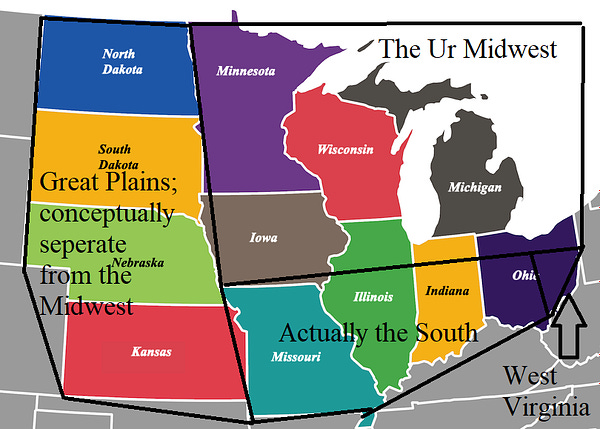
As a native Ohioan, I feel well-equipped to weigh in on this argument, and this map gets a few things right and some things glaringly wrong. Notably, it acknowledges a fact that many people in the middle of this country will not, which is that the Plains states (Kansas, Nebraska, and the Dakotas) are not actually the Midwest, and instead their own, other thing.
It also does well to acknowledge that the bleeding southern edge of the Midwest has qualities that are different than the rest of the region, though I consider its expansive definition of “Actually The South” ludicrous—as drawn, this map would excise fundamentally Midwestern cities like Champaign, Indianapolis and Columbus from their rightful region.
Personally, I think the best definition of the Midwest’s boundaries was given by friend and reader @hooverstreet, who noted yesterday that “the true Midwest is ‘states that had a Big Ten team 1917-1989.’”
[pulls up map]
Yes. To me, this is correct, unassailable, and also acknowledges the historic travesty of Big Ten expansion. (I’ll be in the cold, cold ground before I recognize Rutgers!)
But, regardless, this is not the geographic argument I’ve come here to make today.
You see, whenever these discussions come up, invariably they center on what something is—is it Midwestern?, is it Southern?, is it Northeastern?—but what I’d like to argue is for a series of places that simply are not those things.
I’d like to talk about America’s Great Unquantifiable City-States.
These are places that, in my mind, no good, clean, solid and unimpeachable case can be made for their inclusion in any of the traditionally-defined regions. They are each a little bit of a few things, but at the same time fundamentally lacking in something that would earn them full entry to one region or another. Each has a strong personal identity, one that sets it apart from would-be brethren even within its own state. They have their own culture, their own cuisine, their own dialect and their own sense of civilization.
They are weird, iconoclastic, undefinable places, and in this sense they are also America’s greatest cities, places that will outlast any one civilization, eternal settlements like Rome, Istanbul, Cairo or Beijing.
I. PITTSBURGH
Go ahead, tell me what region Pittsburgh is in.
You’re wrong.
The rusty jewel at the confluence of the Monongahela, Allegheny and Ohio Rivers, Pittsburgh is perfectly unquantifiable. It’s not Northeastern, like its cross-state counterpart in Philadelphia. It’s not Midwestern; the hilly terrain and relative lack of farm culture exclude it there. In discussing this with a friend last night, they argued that it’s “Rust Belt”, which—while true—is a cop-out to get around the fact that Pittsburgh is actually nowhere and a place all its own, a gleaming Emerald City in the southwest Pennsylvania hills.
II. CINCINNATI
I understand this is a bold claim to make, but as someone who lived for six of my best years in the Queen City, it’s one I’m willing to make.
It’s a common trope among Ohioans from other parts of the nation’s greatest state to joke that “Cincinnati is in Kentucky”, which is simply not true, unless you’re referring to the airport or all the best places to buy booze when you’re a college student.
But there’s no denying that Cincinnati is fundamentally different in spirit than Cleveland or Columbus, or other such definitely-Midwestern cities. It’s not southern—the aforementioned map’s claim to that end is ludicrous to anyone who’s spent time in either Cincinnati or the South. It’s a city like no other, for better and for worse, and to try and quantify it is as foolish as to deny the city’s valuable contributions to world cuisine.
Simply put, Cincinnati is an iconic independent, the Monaco of the Ohio Valley.
III. LOUISVILLE
You’re starting to sense a theme here, perhaps—we continue to trace our way down the Ohio River, and we come to my current hometown, Kentucky’s largest city, a place known for baseball bats, bourbon and horse racing. If Cincinnati is too Southern to be Midwestern, Louisville is too Midwestern to be Southern; it’s the yin to its former college sports rival’s yang.
There are a great many people, residents of this fine city included, who will argue that surely this city is Southern, and most geographers would agree. I would argue instead that the difference is clear—head an hour east to Lexington, and you will encounter a city that is actually Southern. Head two hours north to Indianapolis, and you will find a city that is unquestionably Midwestern.
Louisville is neither; Louisville is simply a vital stop on America’s Silk Road, the Constantinople of Kentuckiana.
IV. ST. LOUIS
Like the other cities on this list, St. Louis has an unique and at times contentious culinary mindset. It is torn between regions, with its state’s sports aligned to the Midwest (in baseball) the South (in college sports) or the West (in former pro football allegiances).
Perhaps the most oft-maligned city on this list, St. Louis closes its ears to the haters; it has chosen to define itself by what it is not. “The Gateway to the West”, the city fathers declared in erecting a magnificently ridiculous 60-story white elephant on their waterfront.
They knew what St. Louis was, and it was a waystation to other places, the liminal space of the middle of the country, a place that at once says “you are here” and then asks “but where are you headed?”
So, there you have it.
These are the four city-states at the heart of this argument for me, and you are free to tell me I’m wrong. Lots of people do, and they’ve never once convinced me of it.
That said, I’ve made some bold claims here so far today, so why don’t I make a couple more?
V. MEMPHIS
By any reasonable definition, Memphis, Tennessee, is—of course—a Southern city.
But, seeing as how we’ve all accepted the unassailable logic underpinning my assessment of other major American river cities, it casts Bluff City in a new light.
Yes, it is Southern, but it’s something more than that. It takes the bests of the South and elevates them to something more, something that sets it apart, sets it above the region as a whole…
Wait, no. I’m not sure this is exactly where I want to make this case.
Let me try something else.
V. NEW ORLEANS
Tennessee Williams once famously noted that “America has only three cities: New York, San Francisco, and New Orleans. Everywhere else is Cleveland.” While I take mild exception as a Cleveland native to the implied slight here, as a Cleveland native I am also quite adept at ignoring slights both implied and explicit.
And he had a point, one that’s only been deepened by the homogenization and gentrification of New York and San Francisco. Today, there might only be one truly unique American city, and it’s New Orleans.
New Orleans is, like Memphis above, a Southern city by geography, but it’s a place that cannot be contained by a single region, because that would be unfair to any other city in that region.
As my good friend Adam Jacobi put it in patiently hearing out my half-formed hot take last night, “the city-state argument holds there. It’s like saying Singapore is not Southeast Asia—it’s obviously *there* and shares some similarities, but it’s also something grander and unique.”
In conclusion, America is a land of contrasts.
You can debate the boundaries of the Midwest until the sun burns out. You can be a purist like I am, or you can stretch it past the Dakotas if you feel like it. I once heard a New Yorker describe Idaho as “the Midwest”, because that old New Yorker cover is absolutely true and to New Yorkers the Midwest is everything from the west bank of the Hudson to Las Vegas.
But what you can’t do is pin a region to the cities I’ve listed here today, because they’re all simply too iconic to be constrained.
Now, please tell me how wrong I am.
—Scott Hines (@actioncookbook)




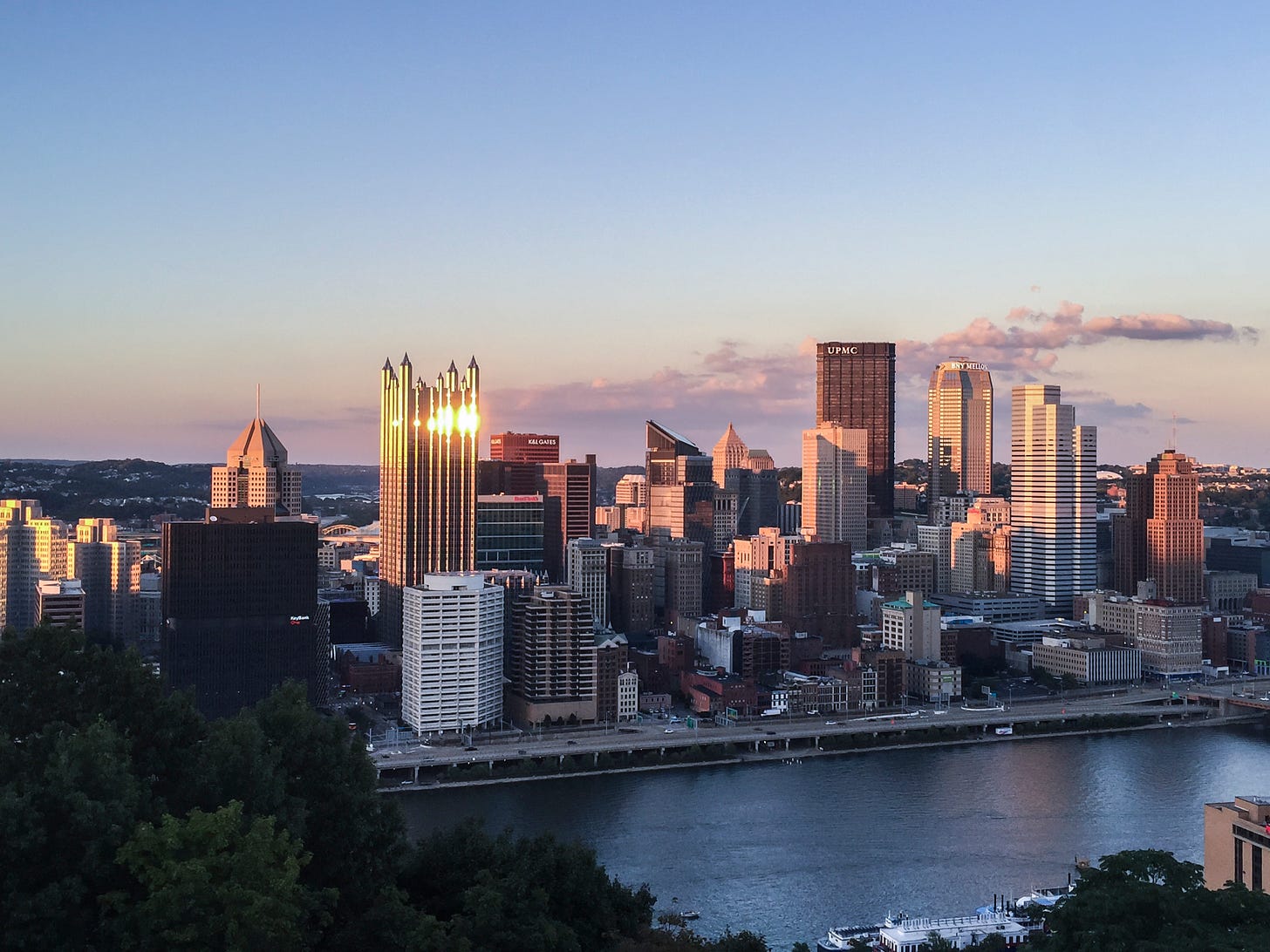
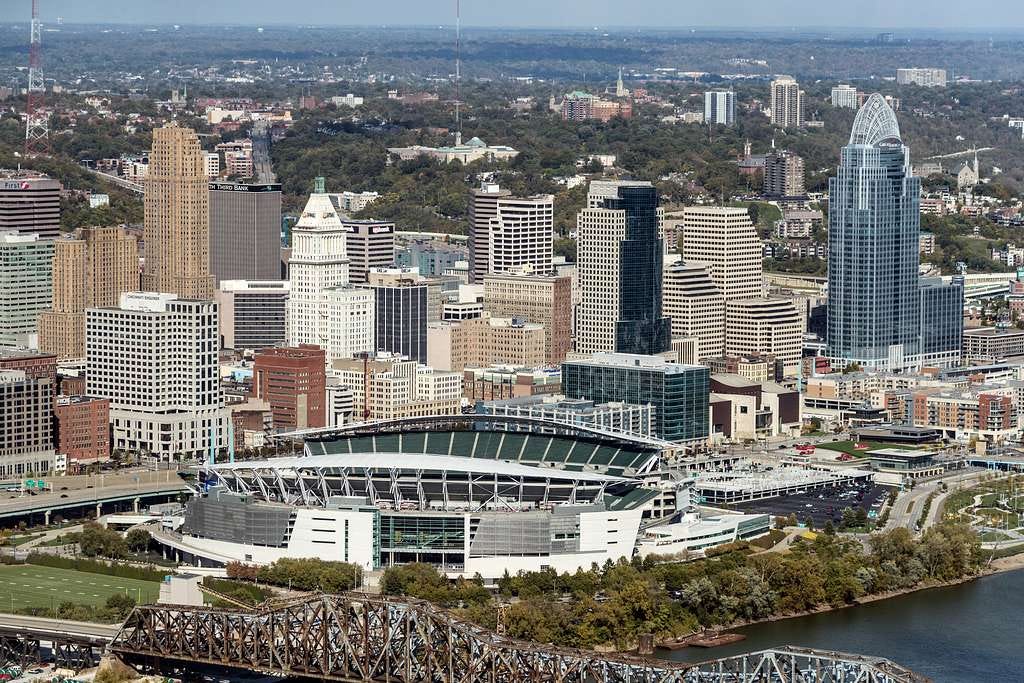
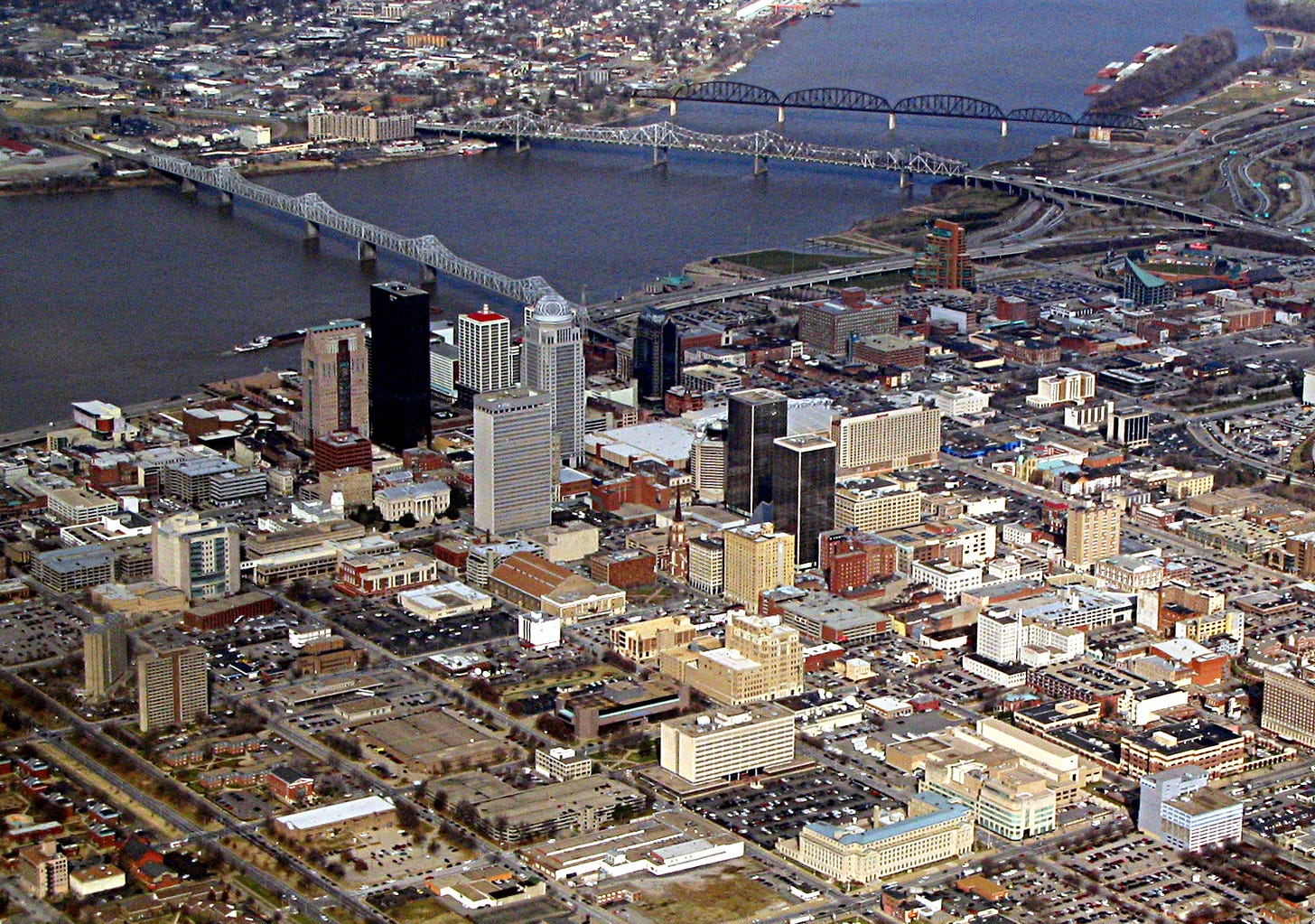
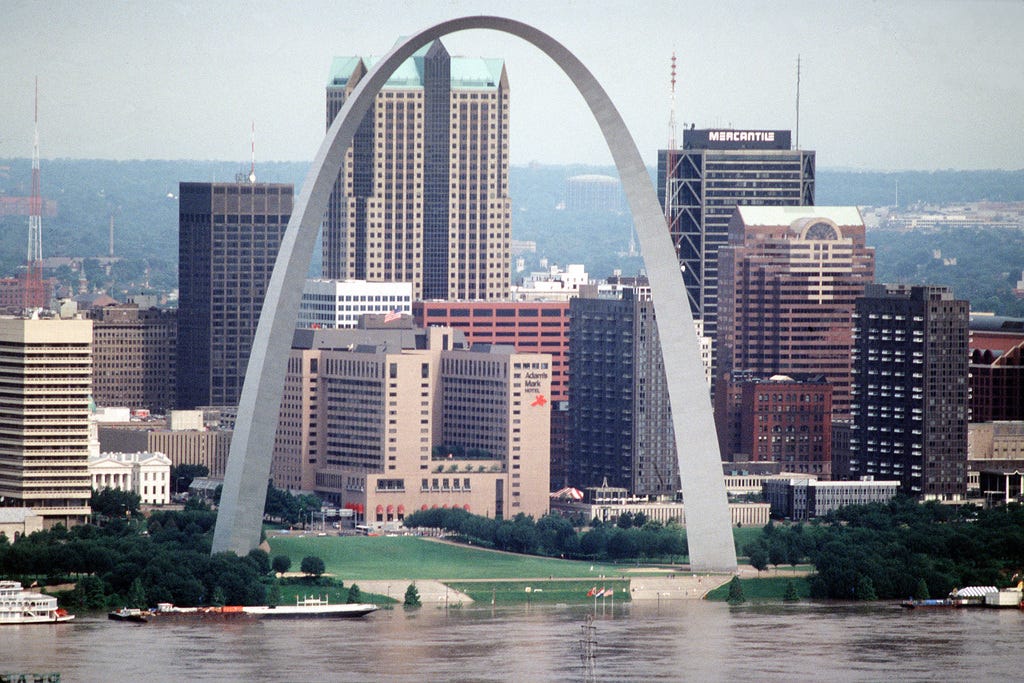
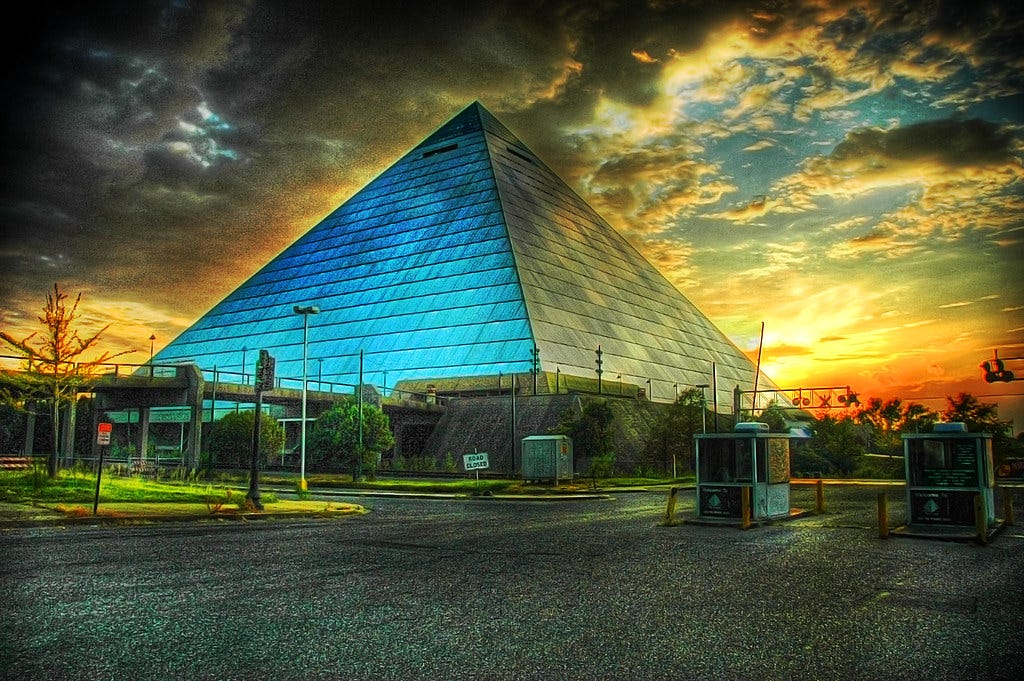
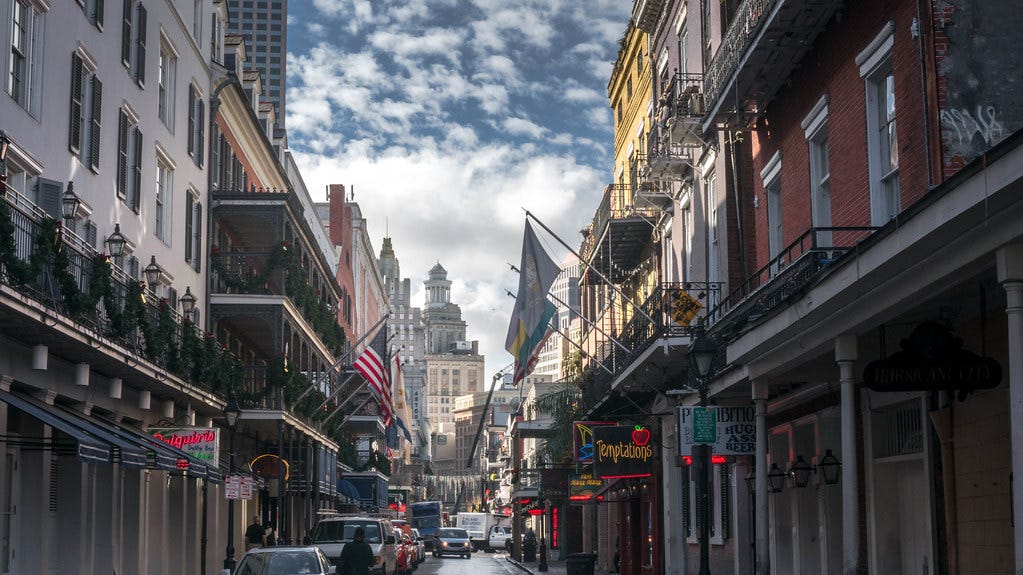

It has been noted to me that I incorrectly stated Pittsburgh's three rivers as including the Youghiogheny rather than the Allegheny, which puts me in a weird spot of "knows how to spell Youghiogheny without googling it, but doesn't know where it is".
Those responsible have been sacked.
Philadelphia is not a Northeastern city, she is metropolis plucked from the Phantom Zone, belonging not to the same cosmopolitan jet-set as New York or Washington, and certainly different from any other part of her home state. Mix one part cooking grease, one part inferiority complex, and one part traumatic brain injury, and boom, you have Philadelphia.